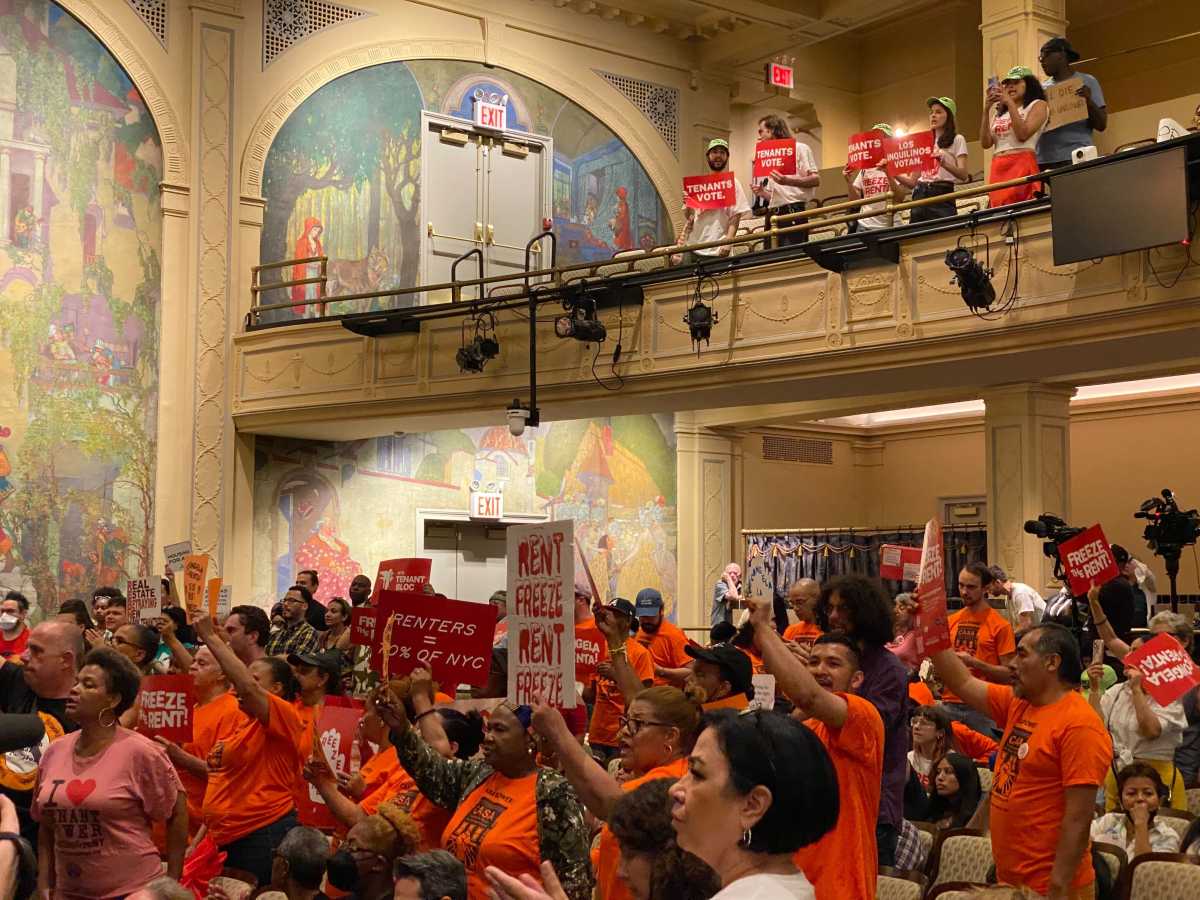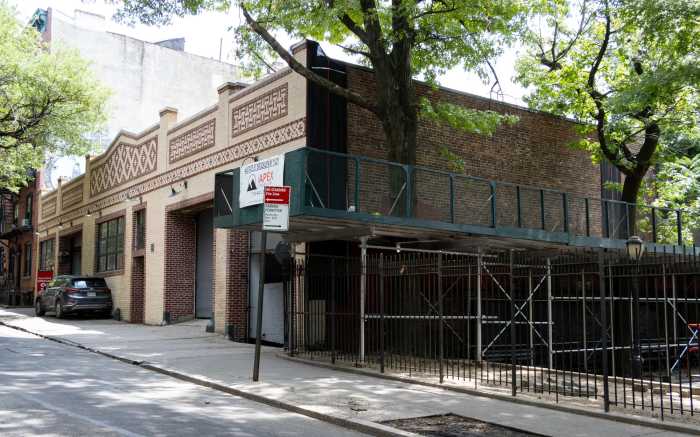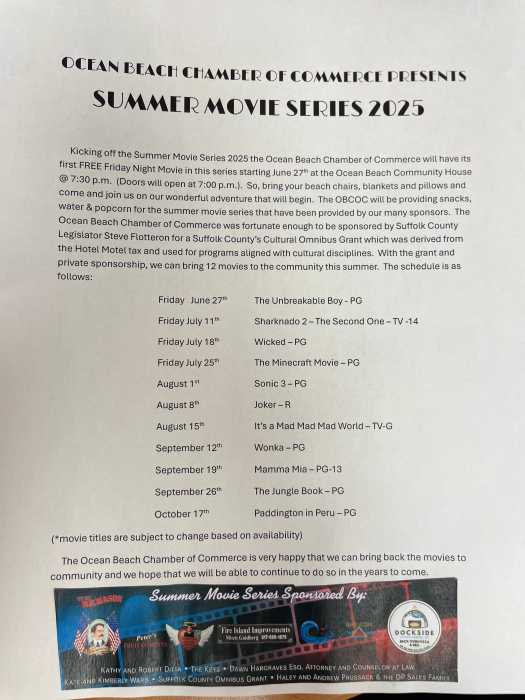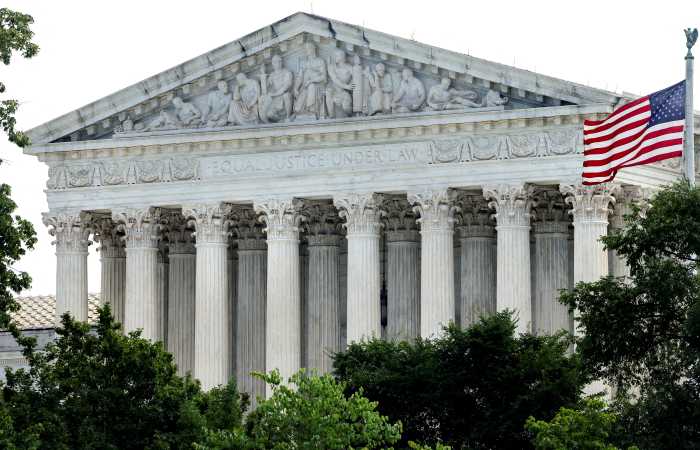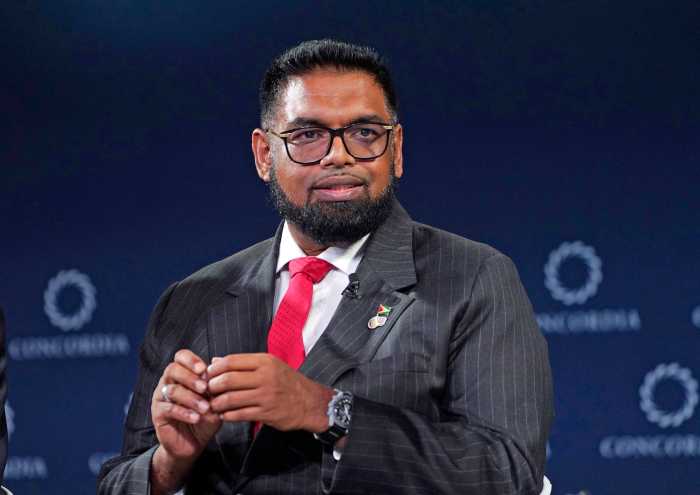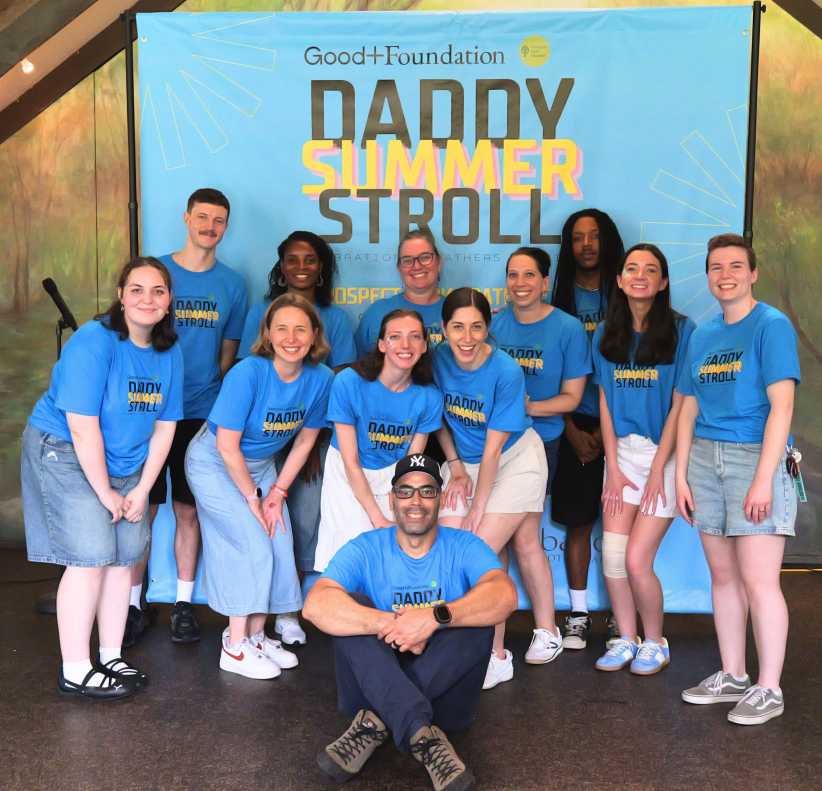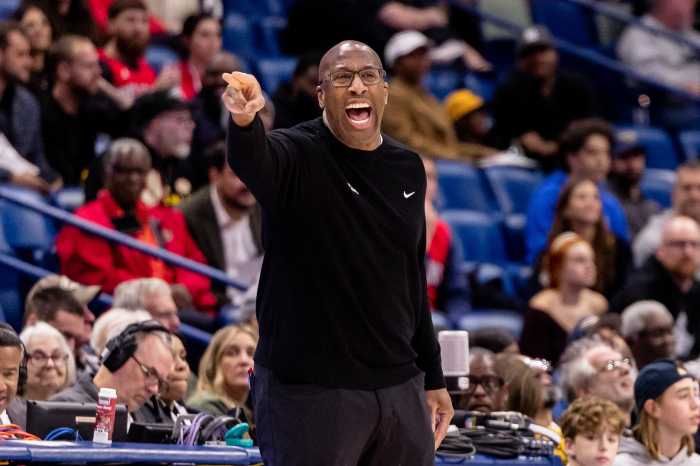Over the past 10 weeks, while invited community members, community board
leaders and heads of community organizations worked with Bruce Ratner
to clandestinely forge a community benefits agreement for the Atlantic
Yards development, the question asked by local politicians, individuals,
neighborhood associations and opponents of the arena project has been,
“Who exactly is the community?”
Work on a community benefits agreement, or CBA, came about at the urgings
of organized clergy members in April to get Ratner’s development
company, Forest City Ratner, to sign a legally binding document that would
commit the company to affordable housing, local hiring, and public green
space, among other benefits, to appease concerns about the super-sized
24-acre area to be razed and developed with office skyscrapers, high-rise
apartment buildings and a basketball arena.
But a research analyst for Good Jobs NY, which is part of a national group
that studies economic development and helped develop the landmark Staples
Center CBA in Los Angeles, Calif., upon which the Atlantic yards CBA is
based, said the missing factor in Brooklyn was any incentive for the developer.
“It sounds like groups that are basically already in favor are working
with him,” said the analyst, Stephanie Greenwood. “It’s
hard to understand where the community leverage is coming from.”
The negotiating members, which include two representatives each from BUILD
(Brooklyn United for Innovative Local Development, based in Prospect Heights),
ACORN (a national housing advocacy organization with a local branch on
Third Avenue in Park Slope), the Downtown Brooklyn Advisory and Oversight
Committee (DBAOC, a group of political and business leaders that urges
developers to hire minorities and women), and the chairpersons from community
boards 2, 6 and 8, have sat in on negotiations overseen by Borough President
Marty Markowitz, who has long been a champion of the project.
Until the story was broken by The Brooklyn Papers on Oct. 2 [link],
the meetings were a secret affair, and community boards 2 and 6 had not
announced to their members that they were taking part at all.
The project’s critics have complained that most of those involved
in the negotiations do not live in the area. Only one group, BUILD, is
a stone’s throw from the project site, although none of BUILD’s
negotiating members live in the footprint of the arena plan.
“The community is anyone who doesn’t live in the footprint,
anyone who does not live in Prospect Heights, and anyone who is not critical
of the project,” said Prospect Heights Councilwoman Letitia James,
a vocal opponent of Ratner’s plan.
But Forest City Ratner asserts that the negotiators are representative
of the larger community.
“We’ve already reached out,” said Johanna Flattery, a spokeswoman
for Forest City Ratner. “We have ACORN, we have BUILD, we have community
boards 2, 6 and 8, we’ve invited the reverends, we have the borough
president involved — all these people represent different pieces
of the community. It’s pretty much all of Brooklyn, and certainly
the area that is going to be affected by the arena.”
But when Ratner brought the Rev. Herbert Daughtry, of the House of the
Lord Church in Boerum Hill, into the fold of negotiating members on the
CBA, concerns arose that the chosen negotiators not only get a say, but
also get first dibs at naming their prize.
At the Oct. 7 press conference announcing Daughtry’s participation,
Daughtry expressed his idea for a community health center and day care
facility in his neighborhood, which was entertained by Ratner on the spot.
“Because we’re still in negotiations it’s pretty premature
to talk about who will be playing what role with the final agreement,”
Flattery said. “Until it’s signed we really can’t even
discuss that, because we don’t know.”
The lack of transparency in the negotiations is another concern for Greenwood.
“It presents a big problem for community leverage if the public is
only getting this after the pieces have settled in place,” the economic
development analyst said. “The point of the process is to enable
community negotiations, it’s not for the government’s sake.”
Greenwood said that in the past, these kind of agreements were used to
convert people who might otherwise oppose a project into supporters. And
government oversight, she said, helped in those negotiations.
When asked who will ensure that Forest City Ratner keeps all the promises
it agrees to in the final CBA document, Flattery said, “It will be
enforced by Forest City Ratner. And Forest City Ratner has always kept
its promises and intends to do so in the future.
“We will have this legally binding document, the CBA is legally binding,”
she said, but then added, “However, while there is intention to honor
anything we sign, there will be real-live solutions to compensate for
what might not be done.”
Flattery declined to elaborate further.
Weekly CBA meetings, according to BUILD’s Michael Caldwell, have
been ratcheted up to twice weekly, in hopes of finishing a signed agreement
by next month.
“There will be task forces and there will be committees to make sure
the agreement is enforceable, and we’re still working on that,”
Caldwell said.
“We’re really working for strangers, I mean a lot of people
we don’t even know will be affected by the project and a part of
the project,” said Caldwell. “It would be nice if everybody
could be at the table, but let’s face it, everybody couldn’t
fit in the room.”
Bertha Lewis, the ACORN representative, said that her group mostly focused
on housing, but “most CBA’s are pretty lame on housing,”
she said, citing the Staples Center scheme, which she said only ended
up with 20 percent affordable housing — just enough to receive tax
subsidies for development. The plan for 50 percent affordable housing
that Ratner has offered is “a big breakthrough,” Lewis said.
“The way were doing this is that it’s seamless, you don’t
leave out people in the middle,” she said. “Overall I’m
making sure that there’s an oversight and that there’s a real
contract.”
So you don’t have just a ‘feel good’ piece of paper, that
you look up from five years from now and go, ‘Oops, something shifted’.”


